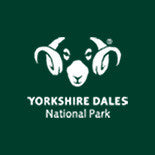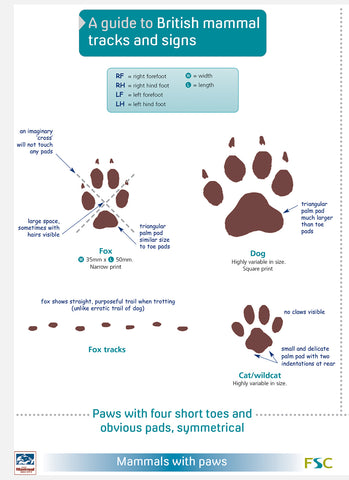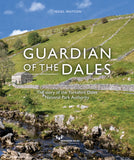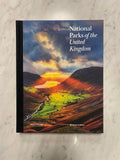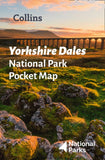The FSC Mammal tracks and signs guide features clear illustrations of the tracks left by mammals with paws (dog, fox, cat, rabbit, hare, otter, mink, polecat, pine marten, badger, weasel, shrew, hedgehog, mouse, rat, water vole and squirrel), and prints left by mammals with cloven hooves (sheep, wild boar and different species of deer).
Many mammals are shy or nocturnal, and this makes them difficult to see. But mammals often leave evidence which show that they live in or have visited an area. Fortunately these field signs, like tracks, droppings, burrows, nests and evidence of feeding, are much easier to find. With practice it is possible to identify the mammal species. Overall the most reliable records of the presence of a mammal come from a combination of a number of field signs.
This identification guide covers those species of mammal that can be reliably recorded using field signs.
- Tracks: footprints are very useful. We have also included the tracks left by domestic animals
- Droppings: broadly split into the three groups of herbivore, insectivore and carnivore
- Burrows and nests: of fox, badger, rat, water vole, dormouse, hedgehog, squirrel and harvest mouse
- Feeding remains: left by dormouse, wood mouse, bank vole, squirrel and water vole
One of the most successful ways of detecting mammals from their tracks and signs is to think like a mammal. Most field signs are close to the ground. Walking along hedgerows is useful because these can provide refuges and also act as a corridor for some species. Look for tracks in the mud. Some mammals will choose prominent features such as logs and stones to leave droppings.
The Mammal Tracks and Signs Chart was produced in partnership with the Mammal Society.
